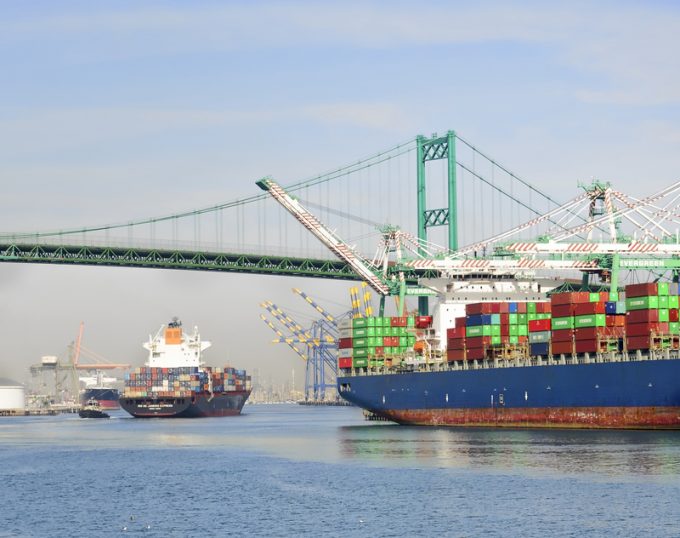Flower shippers demand some loyalty as airlines shift capacity around
Carriers prioritising profit when deploying freighter capacity have caused “headaches” for Kenyan flower shippers forced ...

The response by shipping lines to booming demand and the congestion crisis has triggered a “vicious cycle” of yard logjams at ports around the world.
According to Drewry, while agile shipping lines have been able to swiftly add capacity on the fastest-growing tradelanes, the container terminals and landside operators have struggled to keep up.
Eleanor Hadland, senior analyst for ports and terminals, explained: “The assets of the landside elements of the supply chain are geographically fixed, and it takes a long time ...
Keep our news independent, by supporting The Loadstar
Volume surge and an early peak season? 'Don't celebrate too soon,' warning
Container spot rates diverge: to Europe still falling, but firmer to the US
Ecommerce likely the front-runner in resurge of transpacific trade after deal
Hapag-Lloyd won't take bookings if port congestion leaves cargo stranded
China-US trade tariff pause could drive a rebound for transpacific rates
Shippers should check out the 'small print' in China-US tariff cuts
Service chaos from trade ban with India a problem for Pakistan shippers
Carriers impose 'emergency operation' surcharges on Pakistan cargo
Airfreight rates ex-China 'loss-making', but hopes of a trade deal stay high
Serious threat to jobs in US logistics as tariffs cause economic 'stagflation'
15% rebate for box ships as Suez Canal Authority woos carriers
White House u-turns see freighters flying but keep logistics players on their toes
MSC in terminal switch as Nhava Sheva gets strong start to new fiscal year
Peak season or recession? Forwarders and shippers need to 'stay flexible'
Volga-Dnepr claims 'pirate' Canada has 'hijacked' its stranded aircraft


Comment on this article